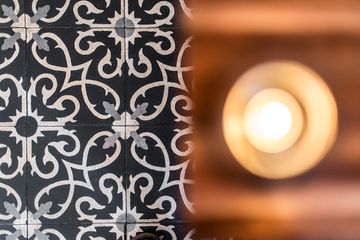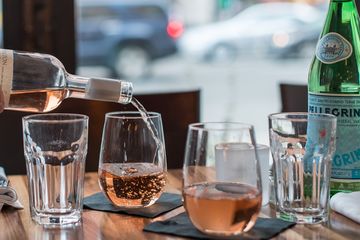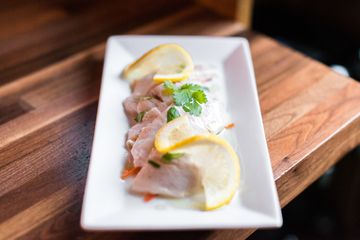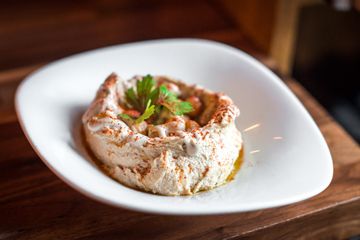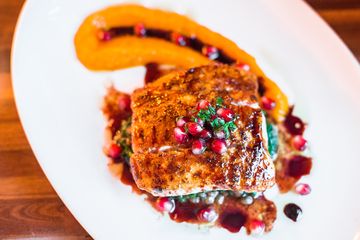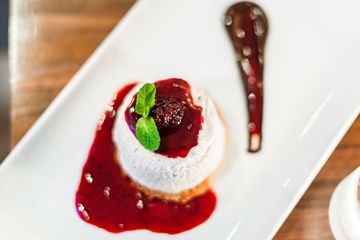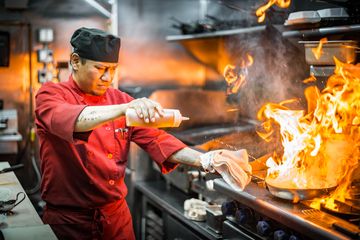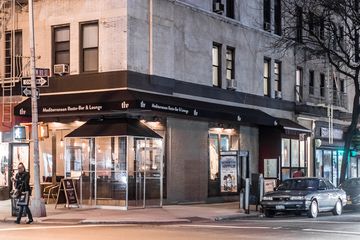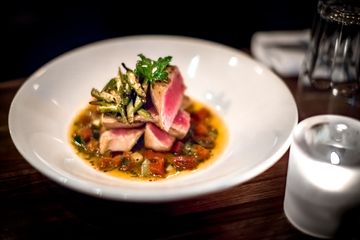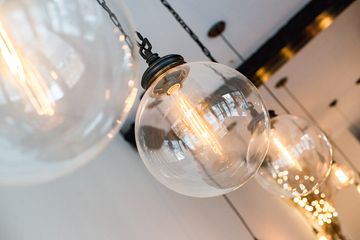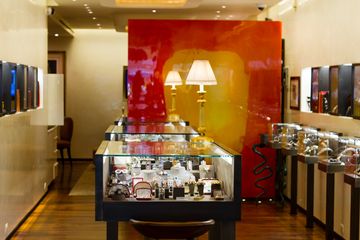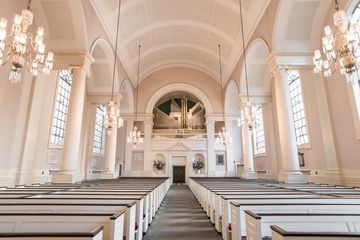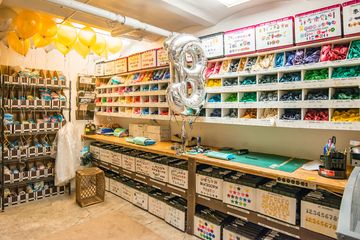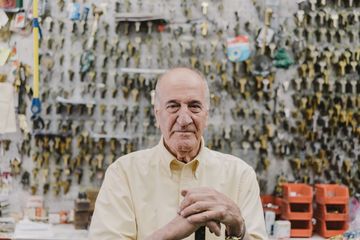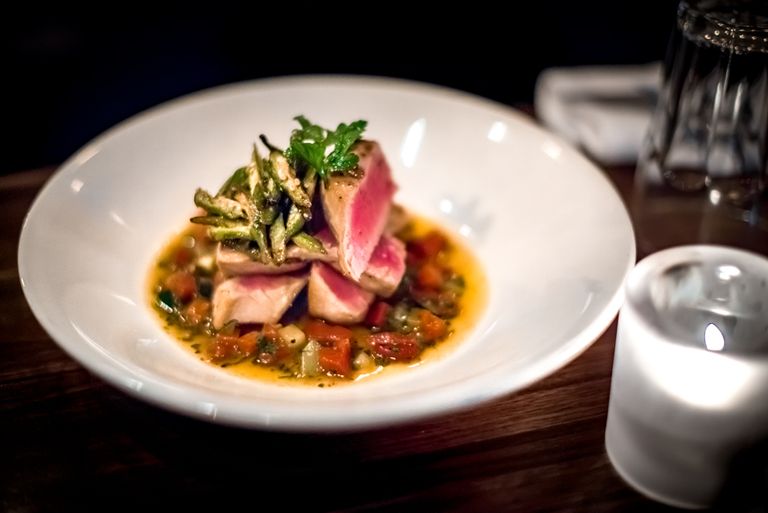
“TLV” stands for Tel Aviv, the hometown of Noam Langleib, the owner. Noam’s story is one of the interconnectedness of the restaurant community. Before he took over the location in 2015, a restaurant called Hummus Kitchen occupied the spot. Noam was friends with the owner and was aware that he was interested in giving up his lease. Noam suggested, “Maybe I should take your corner,” originally hoping to turn it into a coffee shop. Instead, Noam redesigned the space into a more modern and upscale restaurant, focusing on the Mediterranean cuisine of his childhood.
Noam has twenty years of experience in running restaurants in various countries. In Israel, he operated an authentic Thai restaurant, while also having an eatery in Berlin, frequently making trips back and forth. He came to New York in 2012 when he was invited to be a partner in the chain Wok 2 Wok. In speaking with Noam, it became apparent that the Israeli community in New York is a close knit one. Noam has worked as a consultant and manager for many outstanding places, and is friends with many of the owners, including three favorites of Manhattan Sideways - Breads Bakery, Taboonette, and Timna.
As he should be, Noam is quite proud of the menu that he has put together at TLV - “a combination of the food you would find in Tel-Aviv.” This means that the dishes represent everything from Israeli home-cooked meals to fine dining. He even has street food like shawarma on the menu. The wine list is extensive composed entirely of Israeli bottles, both so that he can ensure they are kosher and so that he can showcase his homeland. Pouring a glass of rose for each of us, we had the pleasure of watching Noam interact with his staff. Listening to his jovial conversations with Octavio, the chef, I learned that he had worked at Taboon prior to joining Noam on his new venture. Noam believes in eating fresh and simple food every day, which is why he serves it to his customers and eats it himself. “Every other day I eat hummus and salad,” he said, explaining that this how he grew up in Israel.
Each beautiful dish presented to us was excellent. From the beet salad to the hummus plate, and then on to Seni'ya with Majadra rice (made with ground beef and lamb with onion, parsley, and tahini), a Mediterranean Red Chicken and a special fish dish served with kale, lentils, and pomegranate, which masterfully blended sweet and savory. Noam topped off the feast with the Kadaif dessert, made from filo dough, halva parfait, and silan (a date honey syrup). The delicious nutty and sweet flavor combination inspired our photographer to declare, “This is the fanciest peanut butter and jelly I’ve ever had!”
Inspired by the dishes that I sampled, I was eager to return over the weekend with my husband and friends. At the end of the meal, they concurred that this was a terrific new find on the Upper West Side. Noam is all about continuing to improving TLV, but already has his eye on expansion - giving us hints that perhaps we will discover him again as we move farther uptown.

